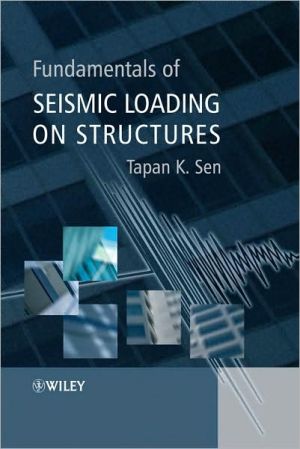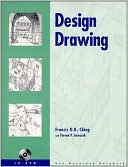Fundamentals of Seismic Loading on Structures
This book provides a practical guide to the basic essentials of earthquake engineering with a focus on seismic loading and structural design. Benefiting from the author's extensive career in structural and earthquake engineering, dynamic analysis and lecturing, it is written from an industry perspective at a level suitable for graduate students.
Search in google:
"There are many books on earthquake engineering, but few are of direct use to the practising structural designer. This one, however, offers a new perspective, putting emphasis on the practical aspects of quantifying seismic loading, and explaining the importance of geotechnical effects during a major seismic event in readily understandable terms. The author has succeeded in marrying important seismological considerations with structural engineering practice, and this long-awaited book will find ready acceptance in the profession."—Professor Patrick J. Dowling CBE, DL, DSc, FIStructE, Hon MRIA, FIAE, FREng, FRSChairman, British Association for the Advancement of ScienceEmeritus Professor and Retired Vice Chancellor,University of Surrey This book provides a practical guide to the basic essentials of earthquake engineering with a focus on seismic loading and structural design. Benefiting from the author's extensive career in structural and earthquake engineering, dynamic analysis and lecturing, it is written from an industry perspective at a level suitable for graduate students. Fundamentals of Seismic Loading on Structures is organised into four major sections: introduction to earthquakes and related engineering problems, analysis, seismic loading, and design concepts.From a practical perspective, reviews linear and non-linear behaviour, introduces concepts of uniform hazard spectra, discusses loading provisions in design codes and examines soil-structure interaction issues, allowing the reader to quickly identify and implement information in a working environment.Discusses probabilistic methods that are widely employed in the assessment of seismic hazard, illustrating the use of Monte Carlo simulation with a number of worked examples.Summarises the latest developments in the field such as performance-based seismic engineering and advances in liquefaction research.
1 Introduction to Earthquakes 12 Single Degree of Freedom Systems 353 Systems with Many Degrees of Freedom 554 Basics of Random Vibrations 755 Ground Motion Characteristics 976 Introduction to Response Spectra 1417 Probabilistic Seismic Hazard Analysis 1818 Code Provisions 2199 Inelastic Analysis and Design Concepts (with Particular Reference to H-Sections) 27910 Soil-Structure Interaction Issues 30511 Liquefaction 32312 Performance Based Seismic Engineering - An Introduction 357Index 375








